|
Church Beginnings -The Methodists
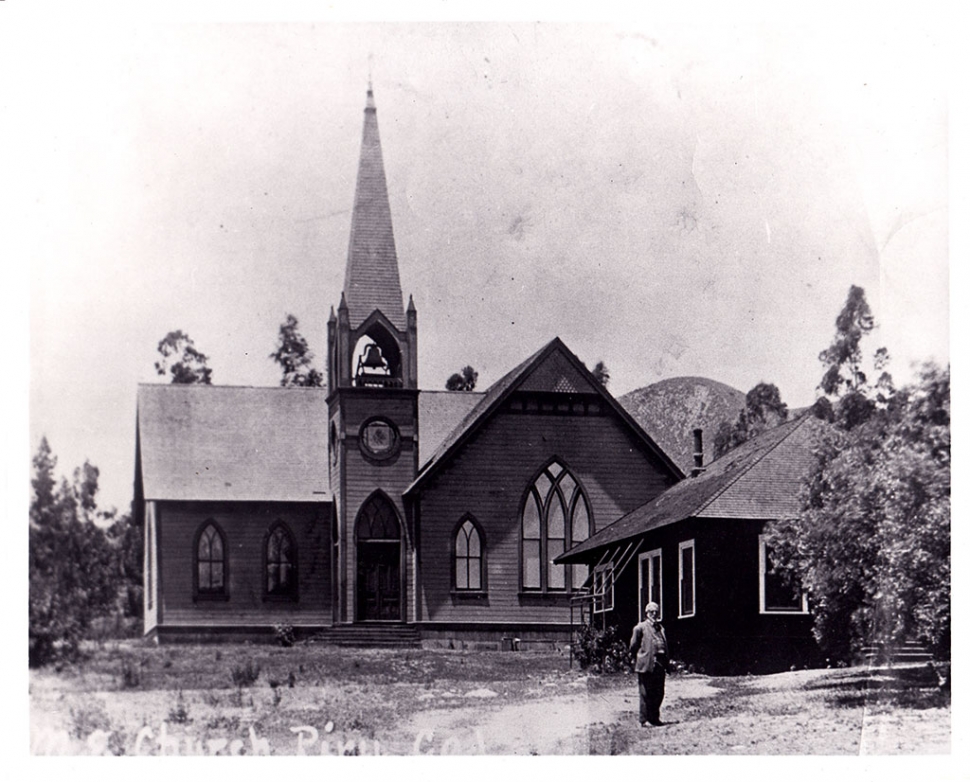 David C. Cook in front of the Piru Church. He paid for the building of the Piru Methodist Episcopal Church and also built the Piru Mansion, which was his home; both are still standing today. Photos courtesy Fillmore Historical Museum. By Anonymous — Wednesday, April 14th, 2021
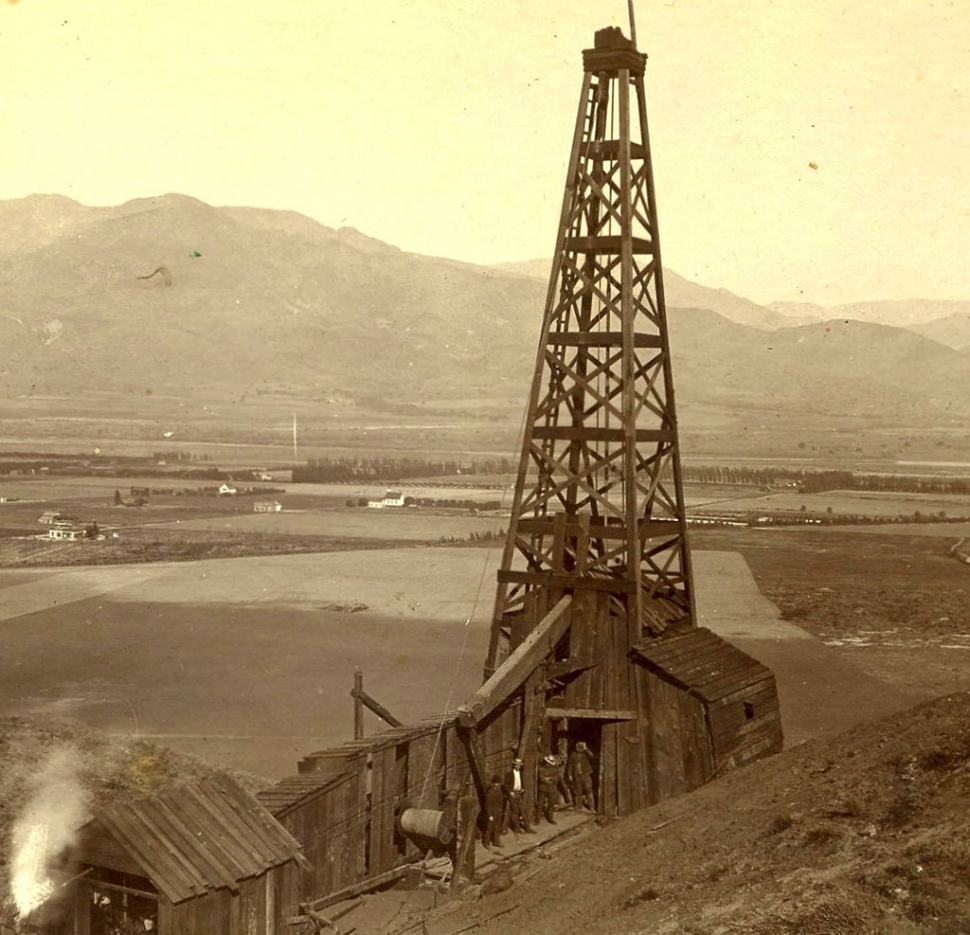 German Evangelical Church Bardsdale 1890. 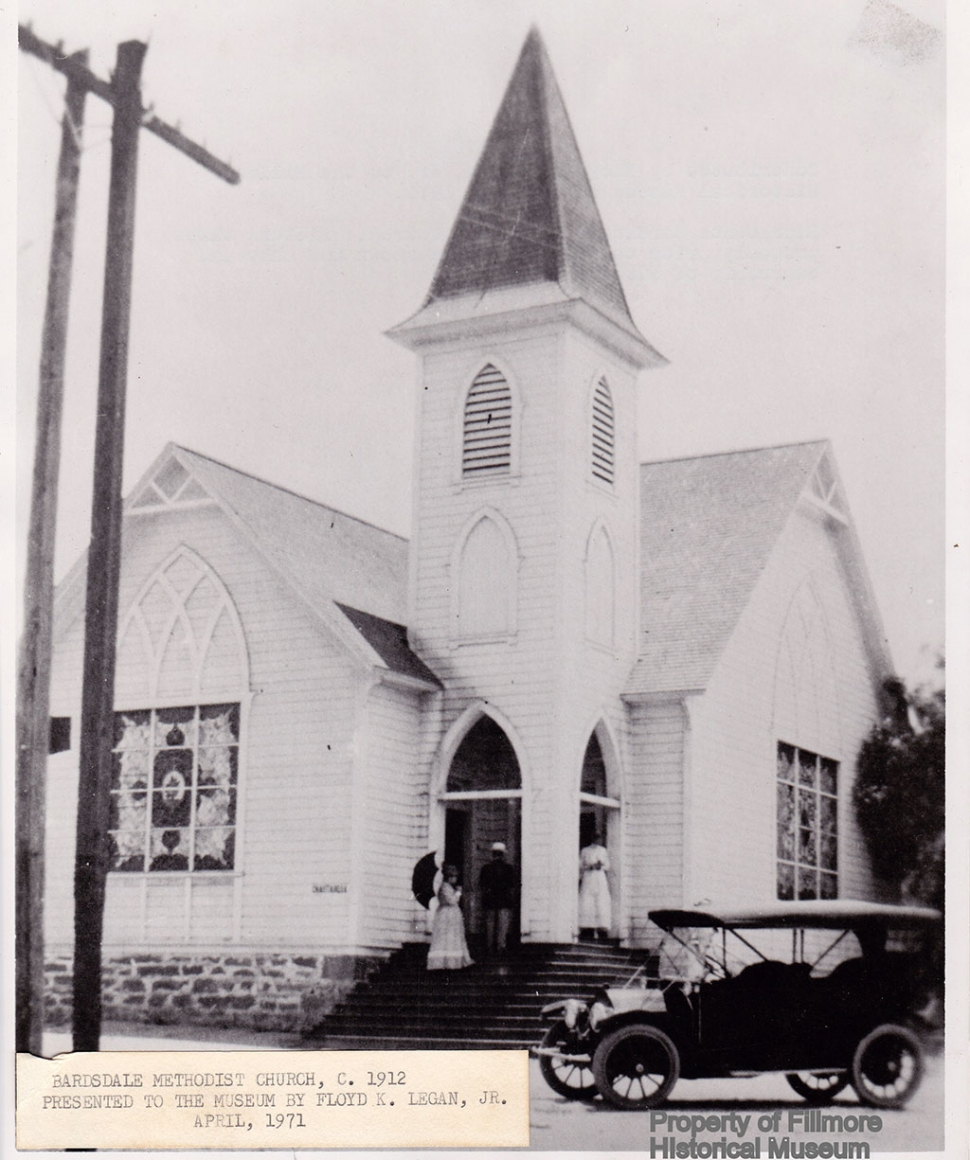 Bardsdale Methodist Church 1912. 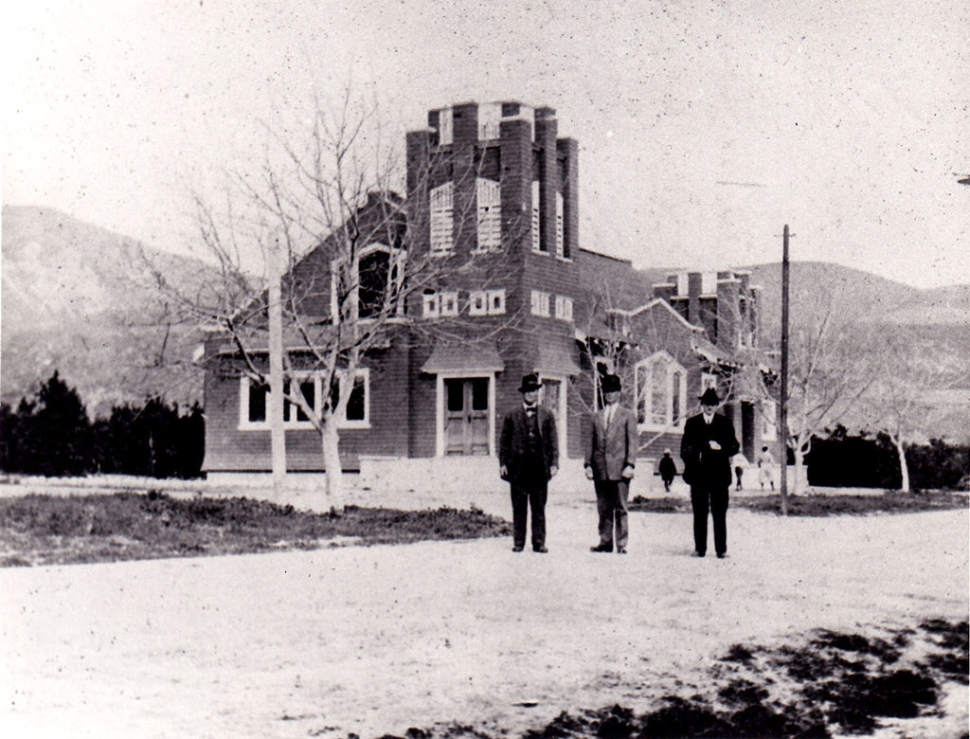 Fillmore Methodist Church circa 1912. 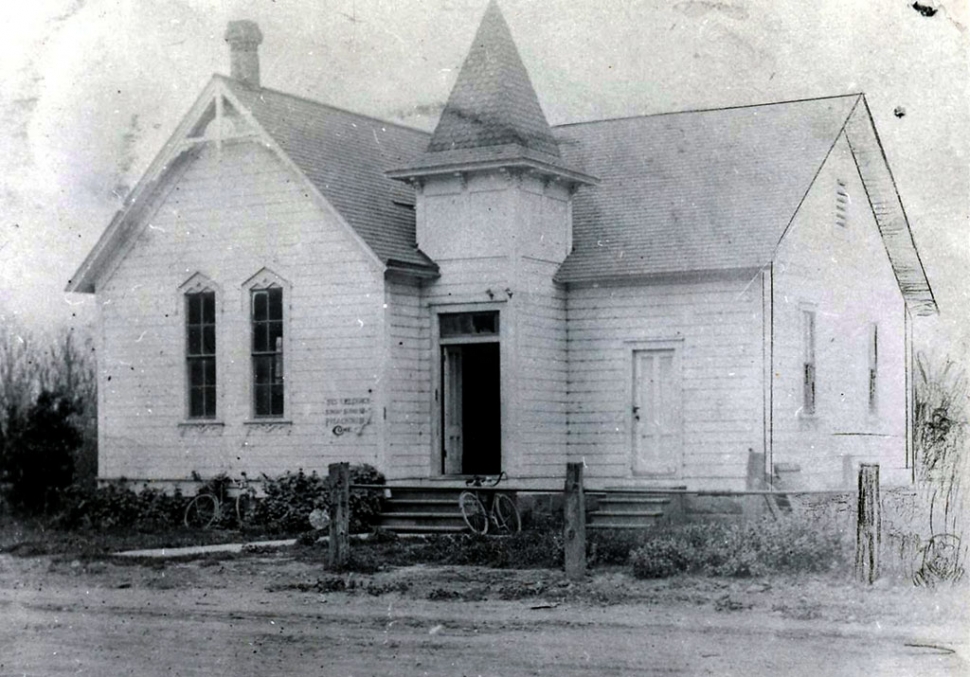 Sespe Church circa 1916 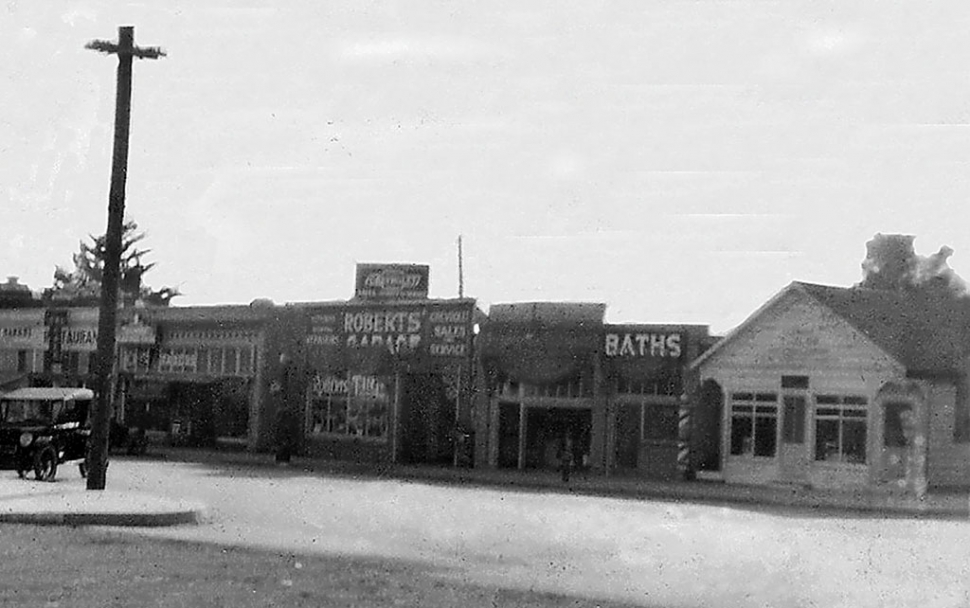 Old Sespe Church (now a restaurant) in 1930. 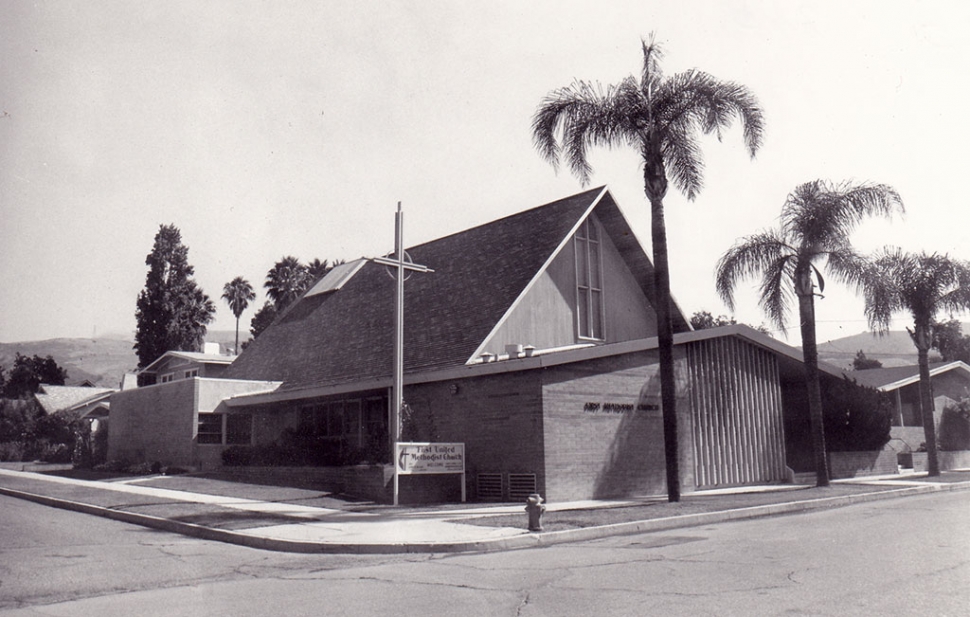 Fillmore 1st Methodist Church circa 1988. 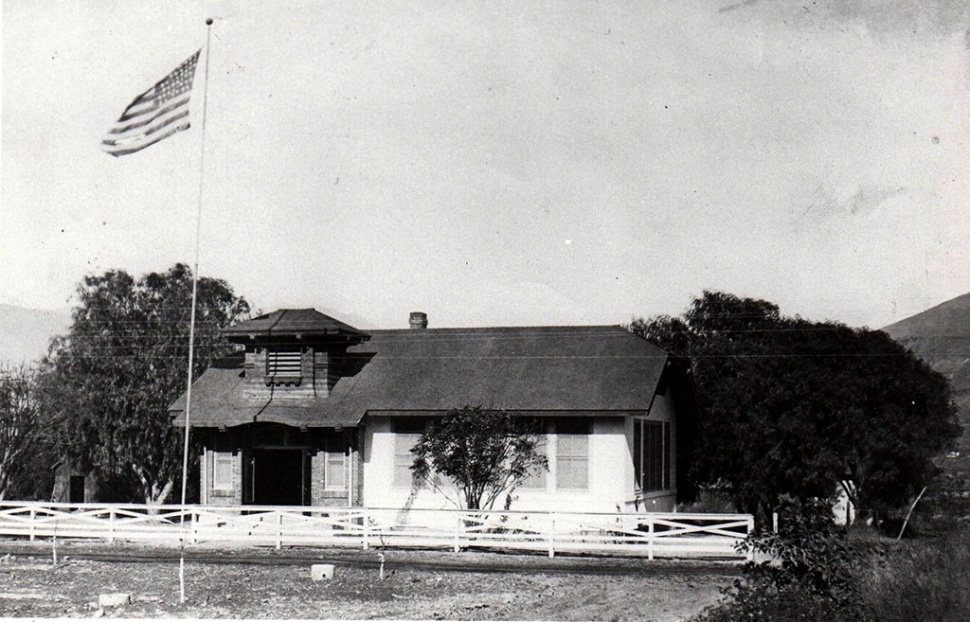 Willow Grove School, also a church meeting place. Courtesy Fillmore Historical Museum Religion and spiritual support were always a major factor in the lives of our earliest pioneers. Those first brave settlers initially looked to itinerant circuit riders who had also moved west as the United States expanded. Most of Fillmore’s early churches were organized under the live oak trees of Kenney Grove. Thus Sespe may be regarded as the birthplace of the churches in the east end Ventura County. In 1873, the first Sunday School in the Santa Clara River Valley was organized by families living near Cienega (the current location of the Fillmore fish hatchery). This was a location on the wagon road to the coast and initially a stage stop. The first services were held by a Baptist preacher, Reverend Riley, with music supplied by Mrs. Sam Guiberson. The first major milestone in the life of the church was a celebration of our nation’s founding on July 4th 1876. The Reverend John Warner Guiberson led the services with both the Sespe and Santa Paula Choirs performing. At the time there was no church building on the Sespe but there was already a Sunday school and Ladies Aid group. By 1884 the Cienega church group had disbanded and the local Methodists were meeting either at the Sespe school house on the corner of Muir St. and Sespe Ave (now Grand Ave) or at Willow Grove School on the south side of the river. The preacher was Rev. Wilhite. In the 1890s the Sespe Methodist Episcopal Church was built near Muir St. and Grand Ave. (over time the Methodist Episcopal churches would drop the Episcopal designation). The original Sespe School house was moved several times from its original location on the banks of the Sespe River. Its first move was to the banks of the Santa Clara River near the current bridge crossing from Bardsdale. It was later moved back to the Sespe and then into Fillmore where it was located on the south west corner of Central and Sespe St. where first it was used as a drugstore with a residence in the back and later a restaurant. There it remained until the 1930s when it burned down in a late night fire. In 1887, before the arrival of David C. Cook in Piru, the Methodist congregation met in a schoolhouse near the mouth of Piru Canyon on Main St. Cook had come west from Elgin, Illinois, for his health. He had been very successful as a publisher of Sunday School literature and was deeply religious. He was the founder of Piru and the son of a Methodist minister. Initially he hosted church services under the live oaks in his own yard. He paid for the building of the Piru Methodist Episcopal church and also built the Piru Mansion, his home. Both still stand. He also planned to develop a replica of the Holy Land in Piru Canyon. But his health improved and he returned to Illinois. The olive trees growing along the road to Piru Lake are the only remnants of his Holy Land project. Bardsdale in 1890 was mostly dry land farming where the early farmers grew beans, potatoes and raised cattle and sheep. The 1890s also saw the development of an oil industry. Some of the first settlers were German immigrants. Among them were Haases, Bartels and Baldeschweilers (later Balden). They built a small German Evangelical church which also served as a school house. Services began in 1892 and were in German in the morning and English in the afternoon. The small building still stands on Owen St. in Bardsdale though it has been remodeled and moved. In 1887, Royce Surdam purchased 1,599 acres south of the Santa Clara River and platted out the city of Bardsdale. The development was approved by Ventura County and he proceeded to sell the land for homes. Within the plat plan there were lots for houses, stores, churches and schools. But, plans were almost immediately derailed by the coming of the railroad on the north side of the river. Try as he could, Surdam could not sell the lots for houses so he began to sell land to the immigrant farmers for agricultural purposes. The only buildings built were the Bardsdale School and Bardsdale Methodist Episcopal Church both of which still stand today. The church is still an active Methodist Church and the school is now a private home. Both can be seen on Bardsdale Ave and Ventura St. The Methodist church was built in 1898 and still has an active congregation today. In 1910 the Fillmore Methodists met in Fillmore’s Stephens Hall (located on the alley behind Stephens Store – now La Estrella Market) to discuss the organization of Fillmore Methodist Episcopal Church. Their first Church building was built in 1913. The first service was on Dec. 20, 1912, but the building was not finished and there were no chairs – they had to borrow some. In 1957, ground was broken for a social hall. Once that building was finished the old wooden church was taken down and a new church building built. The church and social hall are now owned by One Step A La Vez. The former social hall now serves as their activity center. The history of Methodism in valley parallels the history of the pioneers and their families and the history of our part of the Santa Clara River Valley. |
